Gut health is a predominant topic in much of the health world today, but the solutions for boosting gut health often seem to revolve around foods (i.e., sauerkraut and kombucha) that would rarely appeal to a pickier population: children.
Yet children increasingly face the same sorts of gut problems that adults do, and in many cases, are actually at greater risk. Products marketed specifically at children like sugary cereals, juices, processed snacks, and even sweetened vitamins and medicines all join together to pound on the integrity of the microbiome.
Why Gut Health Is Essential for Healthy Children
People often tend to view children in one of two categories: “weak constitution” or “strong constitution.” Some children tend to struggle from day one, battling sickness, ear infections, stomach problems, reflux, sleeping issues, and more, while others hardly ever get sick. What is the difference between these two categories? Can we really blame it all on genetics?
Do you struggle with bloating, gas, constipation, or other digestive issues? We’ve created a FREE guide to healing your gut naturally.
Click here to get your FREE copy of our Digestion Guide!
While genetics play a large role in a child’s health, there are also other factors that have a strong influence. Diet and gut health are largely ignored by mainstream medicine at this point, but research shows that the diets of children in modern cultures are dramatically different than those who exist in more Paleo-like, pre-agricultural environments. (1) Children who are raised on less processed diets have guts that are populated with good bacteria that are more protective against inflammation and colon disease.
When children are raised on foods that are highly processed, this alters the state of their microbiome. Other factors can alter a child’s gut, including the way that their mother eats while pregnant and the manner in which they’re born. A mother’s microbiome during pregnancy will impact the microbes that she will share with baby upon delivery. (2) This can include passage down the vaginal canal, direct skin-to-skin contact immediately after birth, and even breastfeeding. A mother’s diet also impacts the amount of good bacteria, or probiotics, that are present in her breastmilk. [tweet_quote]A mother’s microbiome during pregnancy will impact the good bacteria shared with baby upon delivery.[/tweet_quote]
While babies who are born via cesarean miss out on the exposure to vaginal microbes, they can still get good exposure to these good bacteria by skin-to-skin contact and breastmilk. If breastfeeding is not possible, infant probiotics can be used to supplement and are designed to meet the needs of newborns to one-year-olds.
While some women worry about their cesarean-born infants, note that research shows that by the time infants are six weeks old, no differences are found in the gut bacteria of a naturally birthed baby compared to a c-section baby. (3) While the way that children are born can have a profound impact on their gut health and microbiome, lifestyle and diet are significantly more impactful.
Environmental factors can also play a small role in gut diversity, but the primary way that a child’s gut health is influenced is by the food that they eat, or the nutrients that they get or lack. (4)
Bottom line: Gut health is as crucial in children as in adults, and it doesn’t get the attention that it deserves. While method of birth can have an impact, every day after birth has a much greater influence, especially based on diet and nutrition.
How “Healthy Food” and Prescription Pills Can Destroy Gut Health
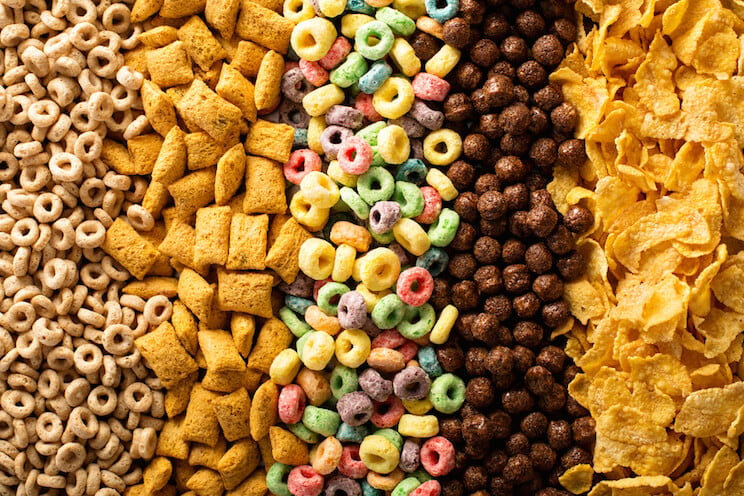
It’s also important to know that synthetic vitamins and minerals do not equal the natural kind found in whole foods. They can absorb differently, and because they aren’t identical to the organic form, they can actually alter how other nutrients absorb, too. (5) The vitamins and minerals in fruits and vegetables and other whole foods aren’t healthful just because of the nutrients themselves, but because of the whole package. The way that nutrients absorb is based on the other macronutrients present (like carbs, fats, and proteins), because these control the rate of absorption and how they’re used in the body. (6)
Not only do sugar and synthetic nutrients impact gut health, but there’s an even bigger culprit. Antibiotic use in early life has a far more long-lasting and detrimental effect on the gut health of children. (7) While antibiotics are certainly life-saving and necessary in some cases, they are grossly overprescribed. (8) Doctors don’t always investigate enough to determine the source of an infection. Bacterial infections respond to antibiotics, but viral infections do not. In many cases they have overlapping symptoms, and can look the same without further testing. Because it’s cheaper and faster to just write a prescription, many practitioners opt for this catch-all approach, and most parents don’t even know that they’re putting their child’s overall health at risk for something that could be better identified with further testing.
Bottom line: Gut health in children is prone to damage just like in adults, and children are exposed more often to gut-damaging triggers like antibiotics.
An Unhealthy Gut Causes Other Health Problems for Kids
Once a child’s gut health is compromised, it needs to be restored just like an adult’s. When it goes unnoticed, problems can develop and stack up, and in a lot of cases, they can be attributed to many things other than gut health.
A child with compromised gut health might experience many seemingly unrelated symptoms, such as:
- Food sensitivities or allergies (9)
- Skin issues like eczema, rashes, or itching (10)
- Indigestion or reflux (11)
- Autism spectrum disorders and behavioral disorders (12)
- Digestive pain and discomfort (13)
- Constipation or diarrhea (14)
- Yeast infections or thrush (15)
- Asthma (16)
- Seasonal or environmental allergies (17)
- Recurrent infections or colds (18)
Because the gut is at the center of our digestive system, and also contains part of the nervous system and immune system, it sits at the control center for health. When the good gut bacteria get outnumbered by the bad bacteria, little breakdowns start to happen that impact nearly every aspect of the body.
Bottom line: A child is only as healthy as their gut. In a culture where environmental, lifestyle and dietary factors are eroding gut health, getting the gut back in shape is often the first step to healing.
How a Paleo Diet Helps Address Food Sensitivities and Allergies
Food allergies and food sensitivities are huge problems in children today. While allergies involve specific immune reactions, and can often include anaphylactic response or asthma, food sensitivities are less severe in symptoms but can be equally as life-altering. (19)
The good thing about Paleo is that it’s already tailored to a gut-friendly plan. A Paleo diet skips dairy, grains, and legumes as well as processed foods and refined sugars.
However, children are used to specific foods and routines. So, when you’re dealing with gut health in very small children, you can’t just overhaul their diet overnight. When you’re introducing a child to a Paleo diet to improve gut health, gradually introducing them to healthier eating will be the most successful approach. [tweet_quote]Don’t overhaul your kids’ diet overnight and disrupt their routine. Gradually introduce them to healthy eating.[/tweet_quote]
Step one is to remove the biggest dietary offender. For some children it might be dairy, especially children who have eczema or other skin disorders or who have terrible constipation problems. For others, it might be gluten or grains, especially if there is a family history of celiac or autoimmune disease. If you want to get really specific, get food allergy testing done by a qualified pediatric practitioner and start by removing the food that flags highest. After a week or two, remove the next food or category of foods that’s problematic and continue until your child is left with a completely Paleo diet.
At the same time that you’re slowly removing foods, you’ll want to add in new foods that are Paleo and support the gut. This should happen in a fun, natural way. If you introduce their new diet in a “you need to take your medicine” approach, your child will most likely resist or feel punished (or both).
Pairing new Paleo foods with foods they’re already familiar is a great way to start introducing a healthier way of eating. Depending on the age of the child, you may be able to explain to them that the unpleasant symptoms they experience can be helped by eating the new food. Older children who are truly miserable might be willing to try it for that reason alone!
Bottom line: Paleo is a nutrient-dense food program that nourishes gut health as it eliminates foods that can be harmful. The transitions should be done slowly and with a positive approach.
4 Tips for Getting Picky Eaters to Eat Healthier
It can be difficult to change a child’s palate, but it can be done with a little time and patience – even for the pickiest eaters.
1. Add Paleo foods to existing favorite dishes.
Does your child like spaghetti? Begin by cooking your child’s pasta in bone broth, which will be tasteless to them, but will be absorbed by the cooking pasta. Add a few tablespoons of bone broth to the pasta sauce, too. This can also be done with chicken soup or any other kid favorite soups or pasta dishes. You can also work vegetables into these same kinds of dishes by pureeing them (i.e., pureed spinach or beets in lasagna or spaghetti).
2. Swap out non-Paleo ingredients for Paleo substitutes.
There are many easy Paleo foods you can swap in for non-Paleo ingredients. Coconut flour for baked treats. Almond milk for dairy. Raw honey instead of refined sugar. And even veggie noodles instead of pasta!

Again, the key is to introduce these new ingredients slowly with dishes your kids are familiar with. For example, make pancakes with coconut flour for breakfast; have a fun taco night where your kids put together their own tacos using lettuce “tortillas”; or make their favorite chicken tenders using almond meal instead of breadcrumbs. [tweet_quote]Got a picky kid? Try pancakes with coconut flour — we bet they’ll love it.[/tweet_quote]
If you’re in a crunch and don’t have time to cook (it happens, don’t stress), there are many ready-to-make Paleo meals you can pick up at health-conscious grocery stores. Simple Mills makes excellent cake, muffin, and cookie mixes, and even produces a Paleo-friendly frosting that tastes like the real thing.
You can also make healthy crockpot dishes and chicken marinades, then freeze them so you have enough to last the busy week. Prepping veggies ahead of time (like zoodles, chopped carrots, etc.) or buying organic sauces can also make cooking much faster on a weeknight. So even if you’re a hectic parent who can’t make everything from scratch, you have practical options.
3. Firmly say goodbye to things that have no value.
Sugar, I’m looking at you. While the occasional treat is fine for children, if they’re used to eating sugar on a daily basis, this is something that will need to be phased out. While some children will take issue with having their sugar taken away cold turkey, you can wean them off, gradually making sugar snacks more and more rare. You can occasionally reward them with a Paleo-friendly sweet treat – just remember that sugar, including Paleo desserts and fruits, is not good for you in excess.
It may be hard, but if you don’t help a child break a sugar addiction when they’re young, it will stick with them for the rest of their life. If you, as a parent, struggle with sugar, then now is also the time to kick your habit, too.
4. Be consistent.
Some children will be able to tell when you’ve added a new ingredient to an old favorite, or will balk at a new vegetable on their plate. Don’t expect success on the first or even second try. In my experience working with families and picky eaters, it often takes four to seven introductions of a new flavor of food for a picky eater to be willing to consider it. Not all children will struggle this much, but in children who are sensitive or opposed to new things, you may just have to be persistent. Also realize that it’s not a personal attack against you. It can be a big and scary feeling for your kids to have their everyday eating habits changed, even if it’s in subtle ways. So be patient, be consistent, and remember that these changes will benefit your child in the long run.
Bottom line: If it takes an entire year to make Paleo changes in your child’s diet, that’s okay. You need to focus on the big picture, and work the simultaneous process of removing offending foods and also adding supportive foods. It’s a journey, and no one-size-fits-all approach will apply to every child.
Paleo Food Ideas for Children

Crockpot Chicken and Cauliflower Rice Soup
Sweet Potato Pancakes
Banana Coconut Flour Waffles
21 Ways to Make Paleo Overnight “Oats”
17 Healthy Lunchbox Recipes for Kids
Baked Popcorn Chicken
Green Slime Paleo Pumpkin Pudding
Strawberry Lemon Gingerbread Men Gummies
Applesauce Fruit Leather
3 Paleo, Healthy Snacks for Kids
Sweet Potato Curly Fries
Hidden Veggies Tiger Nut Brownies
Baked Parsnip Fries
Macadamia-Crusted Chicken Nuggets
Paleo Spider Deviled Eggs
17 Paleo Bento Box Lunch Ideas for Kids
(Read This Next: Three Reasons Your Kids Should Eat Paleo)


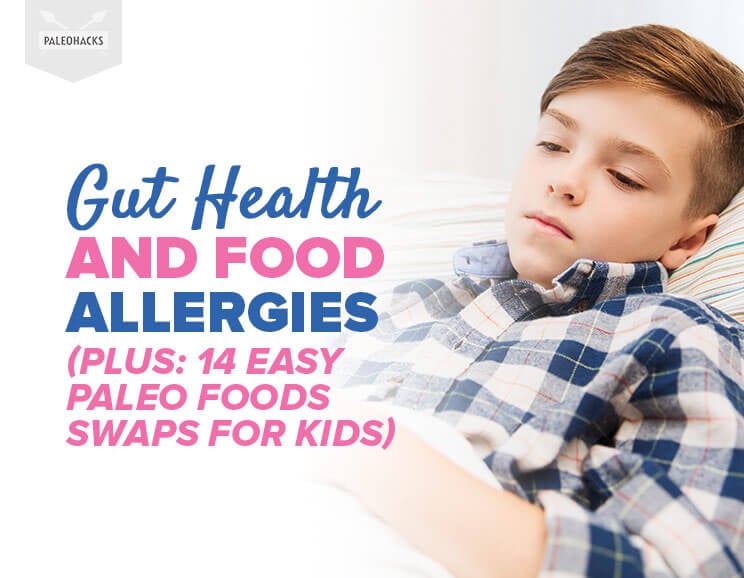



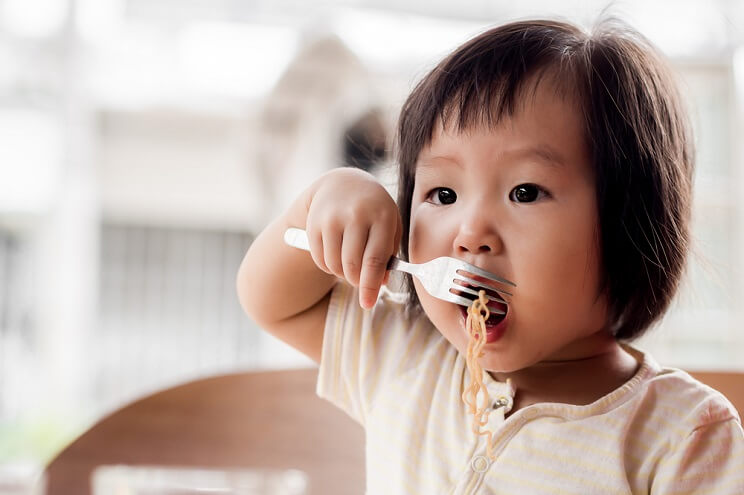
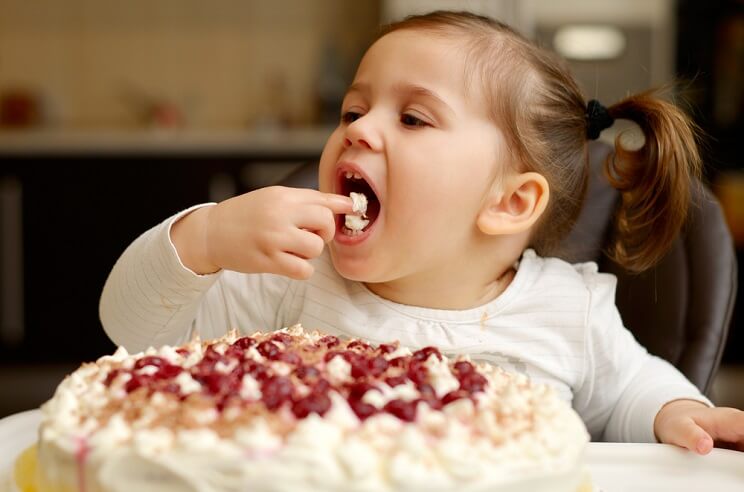

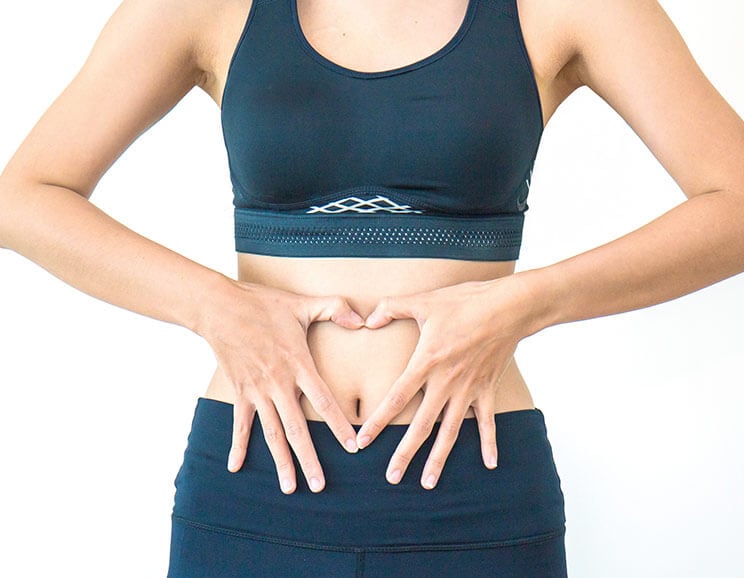 5 Signs of Digestive Problems & How to Heal Them (Plus: 7 Day Gut-Healing Meal Plan)
5 Signs of Digestive Problems & How to Heal Them (Plus: 7 Day Gut-Healing Meal Plan)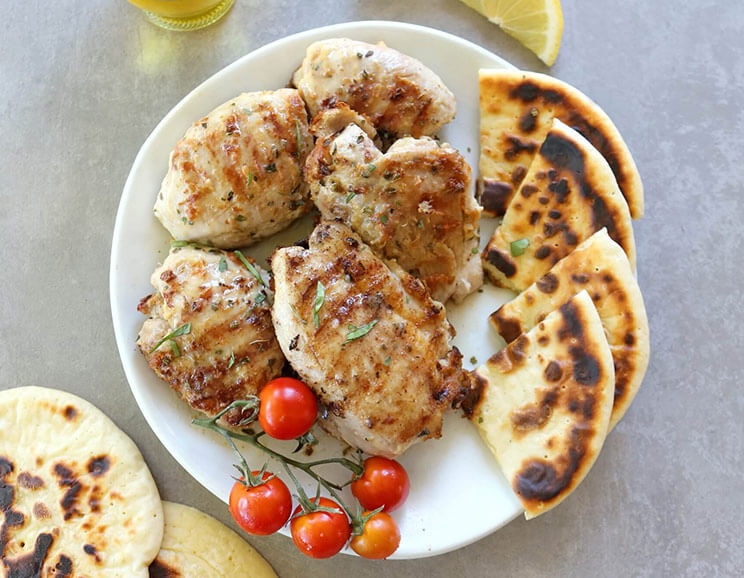

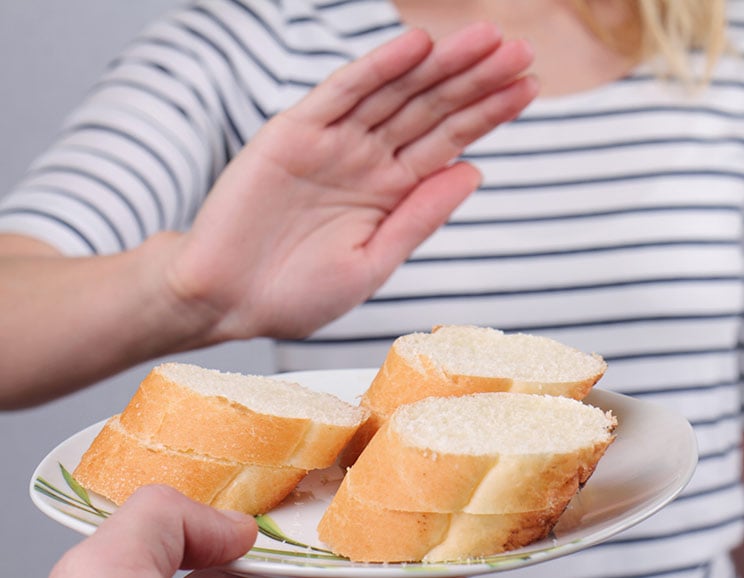


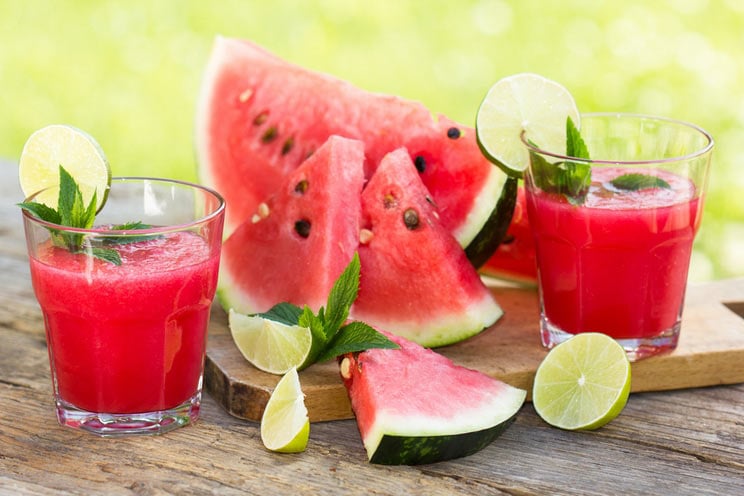
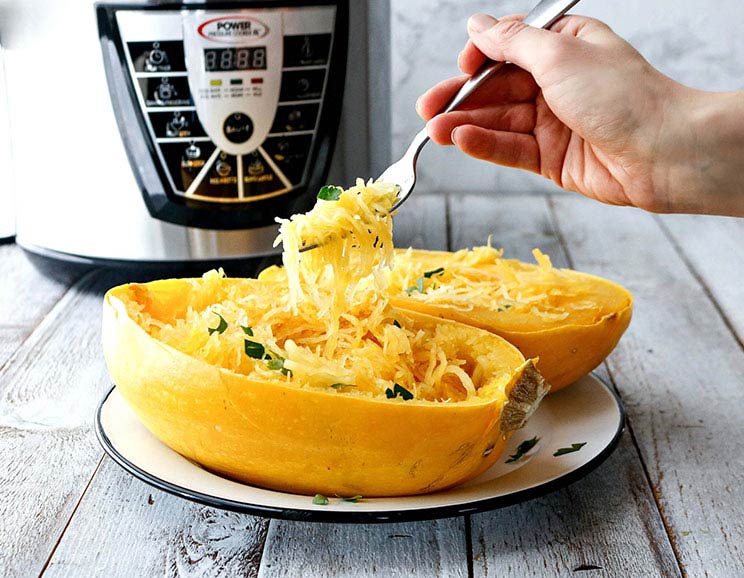


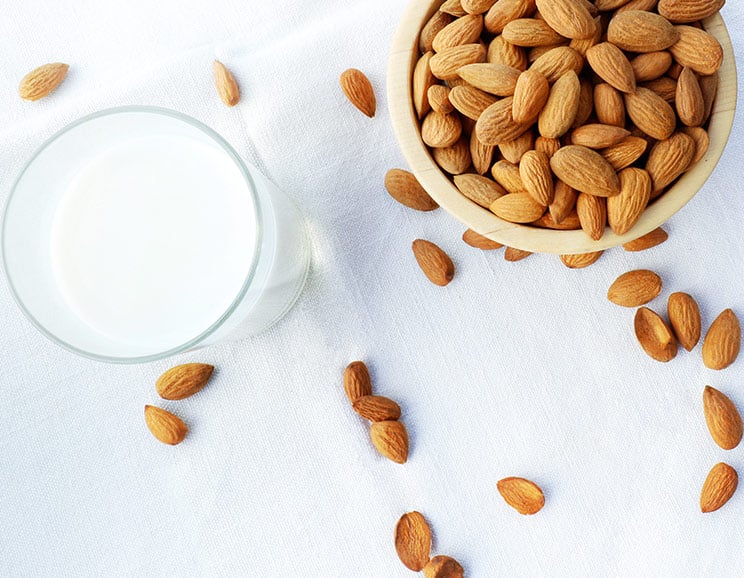
Show Comments